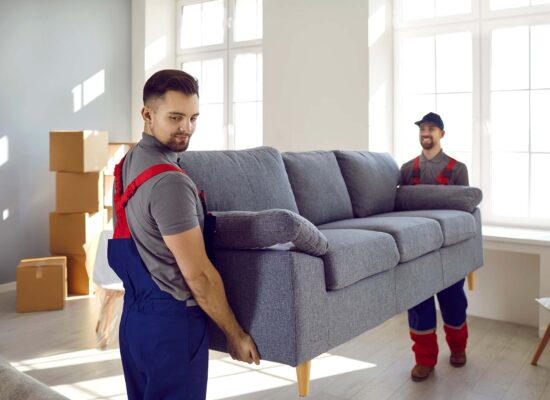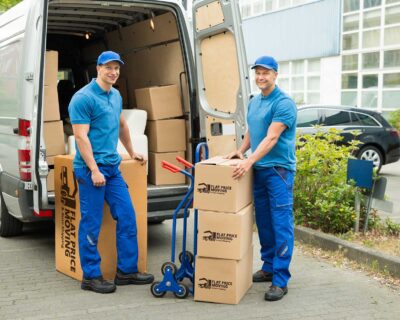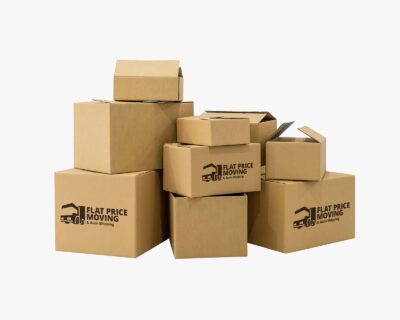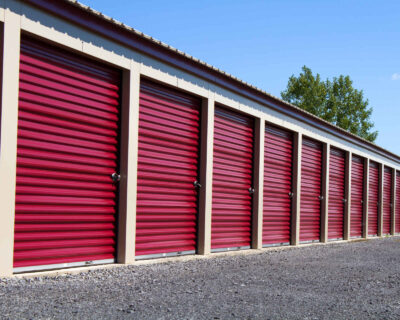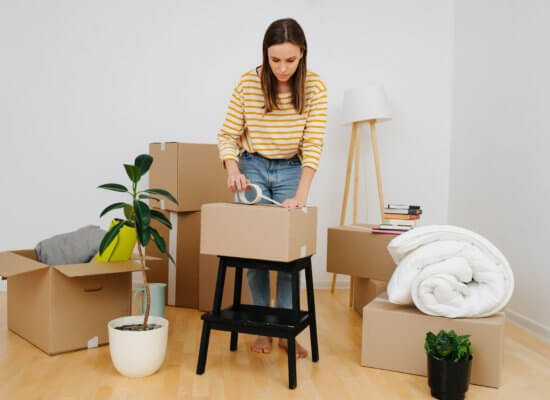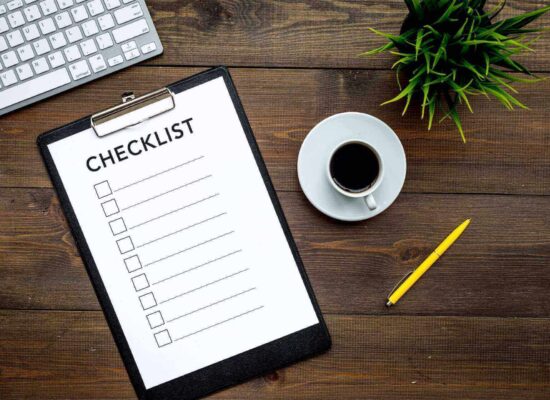Moving Essentials – What Do I Need to Move Out Successfully?
Relocating can be an adventure filled with excitement and, let’s be honest, a bit of stress. But what do I need to move out when embarking on a move? But fear not! With the right essentials in hand, you’re set for a smooth transition. From the nitty-gritty of packing to the joy of setting up your new space, let’s embark on this journey together, ensuring you’re relocating things you truly need.

What Do I Need to Move Out?
When you’re gearing up for a relocation, the essentials can be broken down into a few key categories. First, gather important documents and necessary packing supplies. Secondly, decluttering for a move is important for a smoother transition.
Adopt efficient packing strategies to save time and unnecessary relocation stress. Consider the pros and cons of hiring professional movers for a hassle-free experience. Once you’re in your new place, utilize efficient unpacking strategies for a streamlined settling experience and personalizing your new living space. By following these moving and packing tips, you’ll be well-prepared for an efficient moving organization.
Let’s Cover the Basics of Moving Out Process
Moving out of state is more than just transferring items from one place to another. It’s a process that requires thoughtful planning and organization.
The basics of cross-country moving involve several stages. Begin with assessing what you have, deciding what to take with you, and determining how you’ll ship these belongings.
Consider factors like the distance of your journey, the amount of time you have, and your relocation budget. These elements will guide your decisions and help you avoid anxiety about moving out.
Start This Journey With a Detailed Moving Checklist
A detailed relocation to another state checklist is your roadmap to a stress-free moving experience. It should start weeks or even months before your big day. Begin by listing essential tasks like sorting important paperwork, notifying relevant parties about your relocation, gathering necessary supplies, and researching and booking moving company services.
Your checklist should also have a timeline for boxing up different rooms and a system for labeling boxes. Remember to include moving day preparation and the first day after your relocation to a new one. This way, you’ll stay organized as you will be able to tick off completed tasks and keep track of everything.
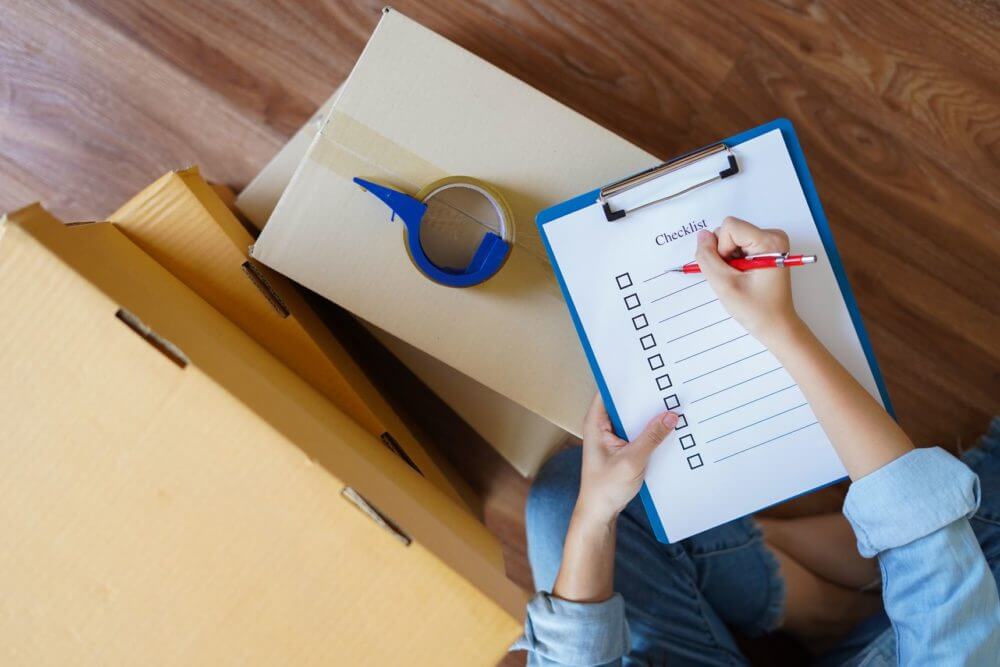
Gather All the Essential Packing Supplies
Selecting the right packing materials is a critical step in ensuring your belongings are protected during transit. Different items require different wrapping techniques based on their size, fragility, and weight.
Using the appropriate supplies will save you money on replacing damaged goods as well. Here’s the list of different packing materials you’ll need for a safe relocation:
- Sturdy boxes – get crates in a variety of sizes, with special attention to heavier-duty containers for fragile items.
- Duct tape – choose a strong, reliable tape for sealing boxes.
- Bubble wrap and foam peanuts – essential for cushioning fragile items and filling voids.
- Stretch wrap – useful for bundling items and protecting furniture from scratches.
- Labeling materials – permanent markers and relocation labels to write contents and handling instructions.
- Specialty containers – consider dish pack boxes and wardrobe boxes for specific items.
- Furniture covers – protect sofas, mattresses, and other large items from dust and damage.
- Foam pouches – ideal for glasses, dishes, and other delicate items.
- Clean paper – for wrapping items, filling gaps in boxes, and preventing movement.
Sort and Organize Your Belongings
Before you start packing, it’s essential to sort and organize your belongings. This process is not just about deciding what goes in which box. It’s about purging through and downsizing your entire home. Begin with categorizing your items into piles of what to keep, what can be donated, and what should be discarded.
Be realistic and honest with yourself about what you use and need. Items that haven’t been used in a year are good candidates for donation or sale. Consider organizing a garage sale or listing items on platforms like Craigslist for some extra relocation funds.
This not only lightens your load but also ensures you’re transporting only what is necessary, making the process more efficient and less costly. Check the video below for some helpful tips on how to declutter for your upcoming relocation.
Best Practices for Organizing Items for Packing Efficiency
The effective boxing-up process is a cornerstone of a successful transition. Start by creating an inventory list of your belongings, categorizing them room by room.
This inventory will be invaluable for both packing and unpacking. Use color-coded labels for boxes to easily identify which room they belong to in your new home. Group items from the same room together, and keep a record of what each box contains.
It’s also a good idea to prepare items you’ll need immediately upon arrival in a separate essentials box. This box should contain things like a change of clothes, some toiletries, and basic kitchen items. Remember, the goal is to minimize time and effort in this whole ordeal, so staying organized is key.

Packing Strategies for Different Items
Storing away your belongings for shipping is more than just a one-size-fits-all task. Each item has unique requirements for protection and space.
Understanding these needs is crucial for safeguarding your possessions through this whole process. Here’s how to address the boxing-up needs of various items:
- Fragile items – use bubble wrap and packing paper liberally. Wrap each piece individually and fill any gaps in the box with foam peanuts or crumpled paper to prevent movement.
- Electronics – ideally, store electronics in their original boxes with the original padding. If that’s not possible, use sturdy boxes and anti-static bubble wrap. Seal cables in labeled bags and attach them to their respective devices.
- Clothing – for everyday wear, vacuum-sealed bags are space-efficient. Use wardrobe boxes for hanging clothes to keep them wrinkle-free.
- Mirrors and artwork – wrap in bubble wrap and place in mirror or picture boxes. Mark these boxes as “Fragile” and ensure they’re kept upright.
- Valuables – small valuables like jewelry should be kept with you during the entirety of the journey. Use jewelry crates or small containers wrapped in soft padding.
- Bulky furniture – dismantle furniture if possible. Wrap pieces in moving blankets and secure with stretch wrap. Protect corners with foam padding.
Research and Hire the Right Long-Distance Moving Company
When embarking on a long-distance relocation, choosing the right auto transport company is critical. This decision goes beyond just comparing prices. Start by researching the reputation and reliability of various long-distance movers.
Look for customer reviews and ratings, and ask for recommendations from friends or family who’ve moved recently. Verify the company’s credentials, including their USDOT number, to ensure they’re legally permitted to operate across state lines.
Assess their experience specifically with cross-country relocations and inquire about their procedures for handling delays, damages, and complaints. Transparency in pricing and a detailed quote are also key factors, so you’re not caught off guard by hidden fees.
The Benefits of Choosing a Legitimate Car Shipping Company
A licensed mover is accountable to industry standards and legal requirements, providing a level of security and professionalism. Insurance is equally important as it protects your belongings against damage or loss during transit.
An insured company can offer compensation for any mishaps, which is crucial when you’re entrusting them with your possessions. Moreover, legitimate companies often provide better customer service, experienced crews, and efficient problem-solving.
They will also ensure a smoother, more reliable relocation experience. In essence, investing in a legitimate company like Flat Price Auto Transport and Moving is investing in the safety and security of your belongings.
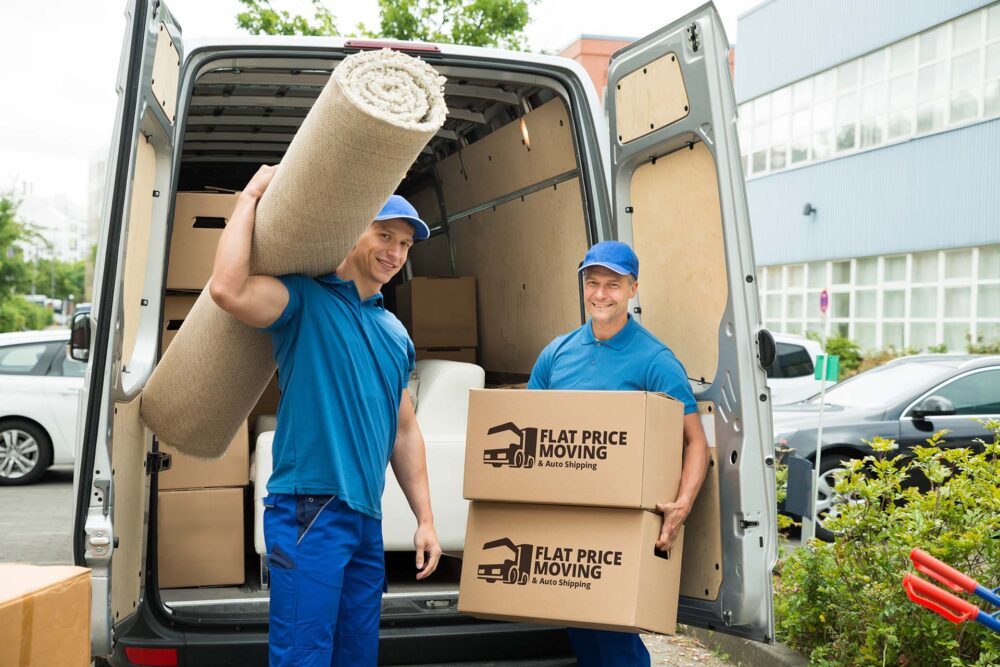
Make Sure That Everything Is in Perfect Order on Your Moving Day
Ensuring that everything runs smoothly on the big days requires thorough preparation and organization. Start by creating a checklist for the day, outlining every task you need to complete. Confirm the arrival time with your movers, and make sure you have their contact information handy.
Set your bag with essentials aside so it doesn’t get mixed with the rest of the stuff. Double-check that all boxes are properly labeled and that fragile items are secured. Clear pathways in and out of your home to facilitate ease of movement for the movers.
Finally, set aside time for a final walkthrough of your home. Make sure nothing is left behind, and document the condition of the property before you leave.
Moving Services
Whether you are moving from New York to Los Angeles or from San Francisco to Chicago, we can help you.
Read morePacking Services
Our moving teams are trained to pack your belongings in the most efficient manner possible.
Read moreStorage Service
Knowing what kind of surprises cross country move may hold, we offer 30 day free storage for belongings at the origin state.
Read moreEssential Tasks for the Day After Your Relocation and Easier Settling Process
Begin this day by inspecting all delivered boxes and furniture for any possible damages or missing items. Prioritize unpacking essentials, starting with kitchen and bathroom items, then moving on to setting up bedrooms.
Ensure that utilities and internet services are up and running in your new home. Take some time to familiarize yourself with your new neighborhood, locating necessary amenities like grocery stores and pharmacies.
Finally, make your new place feel like home by arranging furniture and adding personal touches to the space. This will create a comfortable and welcoming environment.

Embrace Your New Chapter With Ease While Our Crew Handles the Rest
Every relocation can be time-consuming and overwhelming at times, but with professionals guiding your way, it can be a breeze. At Flat Price Auto Transport and Moving, we are more than ready to take this weight off your shoulders. Our team specializes in long-distance moving services, including professional car shipping, offering a seamless experience from start to finish.
Alongside our relocation solutions, we also provide comprehensive packing services. Our skilled packers use top-quality materials and techniques to ensure your belongings are safely and efficiently stored, reducing the risk of damage during transit. So, don’t shy away from reaching out to us today. Let us be your wind throughout this journey.
FAQ
What Do I Need to Move Out of My Parent's House?
Moving out of your parent’s house is a significant step towards independence, requiring careful planning and preparation. Financial stability is crucial. Ensure you have a reliable source of income to cover your living expenses.
Creating a budget is essential for managing monthly costs effectively, including rent, utilities, and day-to-day expenses. Equipping yourself with essential household items, such as basic furniture and kitchenware, will make your new space functional.
Organizing important personal documents, including identification, banking information, and insurance papers, is also vital. Additionally, setting up an emergency fund for unforeseen expenses can provide a financial safety net during this transition.
What Do I Need to Pay for When I Move Out?
Your largest expense will typically be rent or mortgage payments. This is followed by utility bills, including electricity, water, gas, and internet services.
Regular expenses such as groceries, household supplies, and personal care items should be factored into your monthly budget. Transportation costs, whether it’s for a car or public transit, and miscellaneous expenses like entertainment and dining out also play a part in your monthly budgeting.
How Far in Advance Should I Start Packing?
It’s advisable to start this process at least 6 to 8 weeks in advance. Begin with items that you use less frequently, such as seasonal clothing and decorative pieces.
As the big day approaches, gradually store away more frequently used items, leaving essentials for the final week. This staged approach helps to reduce last-minute rushes and ensures that you are fully prepared for the journey ahead.
What Should I Do on the Day Before My Relocation?
Start this day by preparing a bag with essentials for the first week in the new home. This includes clothing, toiletries, and any personal items you’ll need immediately. Prepare a relocation kit with cleaning supplies, tools, and other necessities for last-minute needs.
Charge all your electronic devices to ensure they’re ready to use. Confirm the details with your company, and double-check the time and logistics for a smooth start. Lastly, prioritize a good night’s sleep to be well-rested and energized for the big day ahead.
